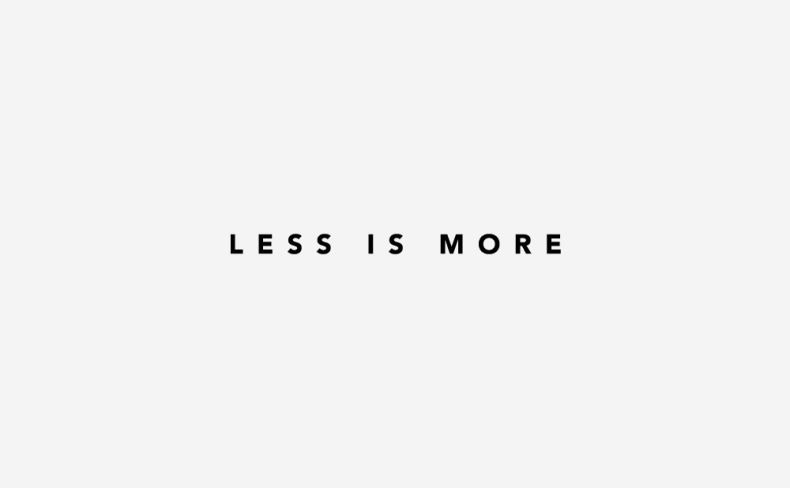Designing Interiors: Minimalist
Sep 18th, 2018
HISTORY
The Minimalist design trend came to be in the early 20th century, partly as a response to chaotic urban lives. The style drew inspiration from a number of muses: the De Stijl artists, Ludwig Mies van der Rohe, and Japanese aesthetics.
Dutch for “The Style”, De Stijl was an artistic movement that began in 1917 in The Netherlands and promoted a simple and abstract approach to design with straight lines, rectangular forms, and primary colours. Around the same time, Ludwig Mies van der Rohe, a German architect, introduced his modern style of architecture – steel, glass, open space, and minimal structural framework. He popularized the saying, “Less is more.” The art of Japanese design is also clearly linked to minimalism. Zen, traditional Japanese philosophy, advocates strength in simplicity – the basic principle of minimalism.
While the early look of minimalist may be perceived as harsh and cold, it has warmed over the years to become a welcoming interior style. Essentially, everything has a purpose in a minimalist home.
THE LOOK
Simplicity, geometric forms, modern, industrial materials, concrete, glass, open concept, white space, minimal colour, neutrals, purposeful furnishings and accessories, clutter-free, quality not quantity, purity, innovative.

THE FEEL
No distractions, no mess, no stress. A minimalist home is as pure as a clear mind. It’s confident to only feature what is absolutely necessary. Meditation comes easy here.
Take a look at our past blogs on Art Deco and Mid-Century Modern interior styles.
Back

